The days are getting shorter and the air crisper. When the summer crops are done, people plant garlic, pick apples, hunt for pumpkins and put bulbs into the ground for next year’s flower beds. But don’t put away your gardening gloves just yet. There’s still work to be done.
.
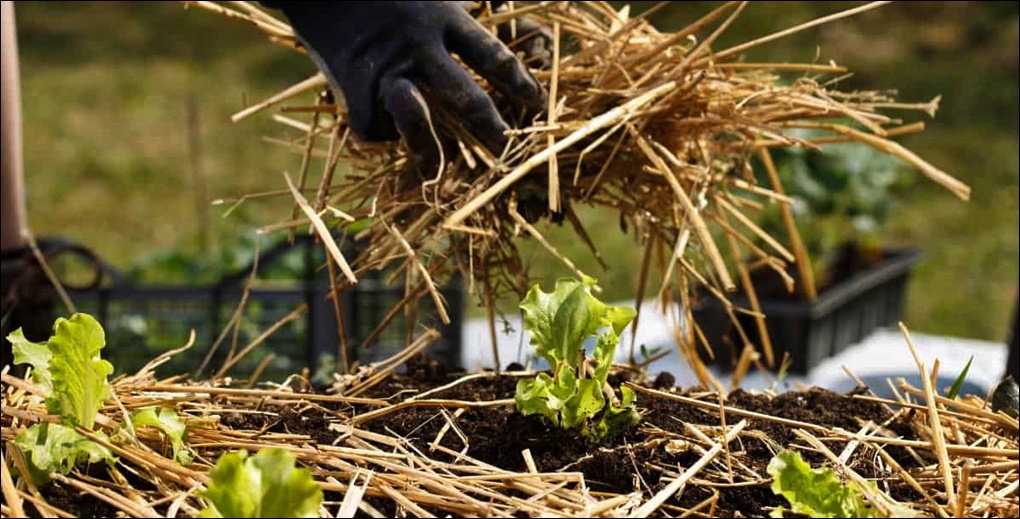
There are several steps to get your garden ready for the winter. Planting species that need to be in the ground in fall, cleaning up debris, cutting back certain plants, protecting plants from winter weather, and prepping for the spring. A general garden cleanup in the fall reduces workload in the spring when your garden awakens.
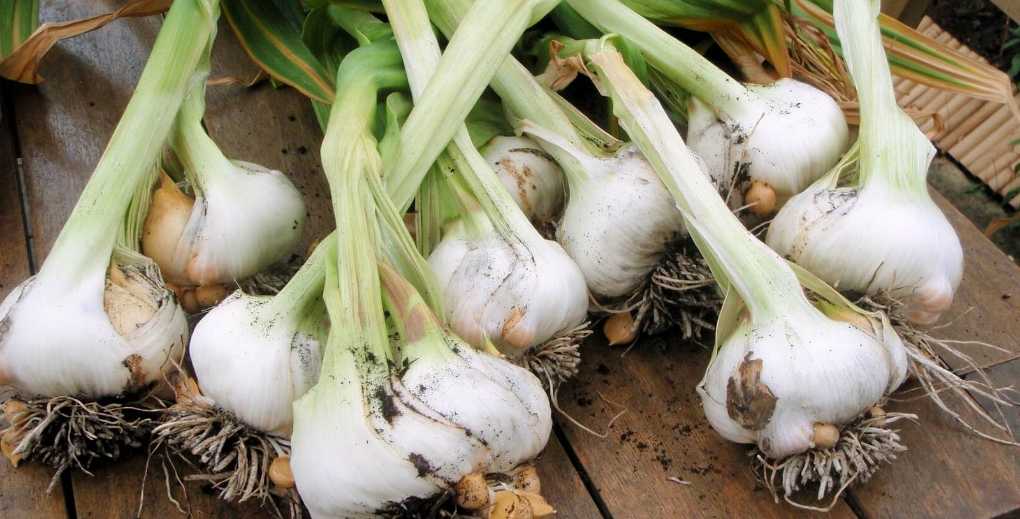
Plant Flowering Bulbs & Garlic
There is still planting to do before the ground freezes. Get flowering bulbs and garlic in the ground, they will start growing in early spring. The plants that are still looking good can be potted up and brought indoors. Many herbs, make great houseplants as they can be replanted in the garden after the cold weather has passed.
How To Plant Garlic In The Fall
Harvest Remaining Summer Crops
Harvest remains of tomatoes and peppers. Still-green tomatoes can ripen on your kitchen counter. Pull out most of the spent plants, cut off the above-ground parts of peas and beans, leaving the roots. Legumes fix nitrogen into the soil and will become fertilizer for next year’s crops.
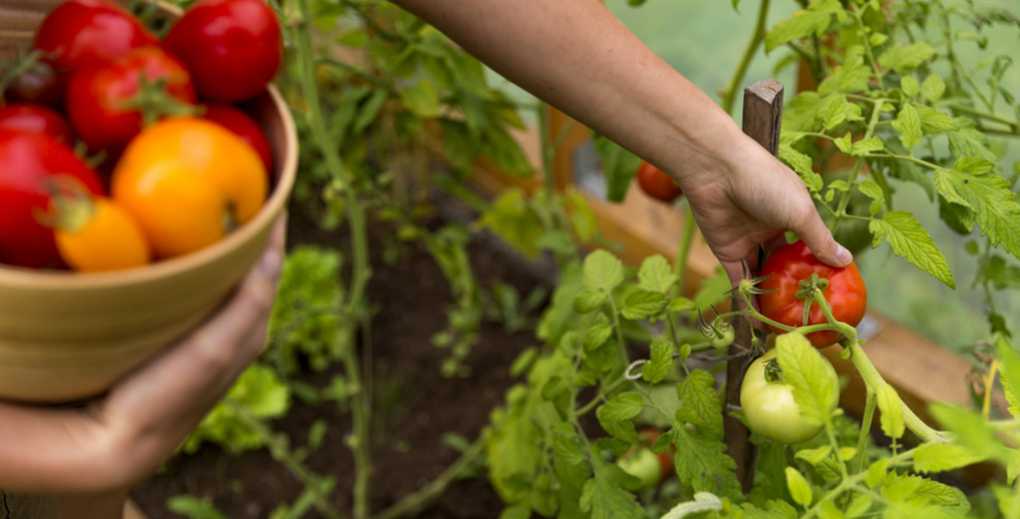
Fall Planting Bulbs For Spring Blooms
Plant Cover Crops
In winter, when many plants go dormant above-ground in response to the cold, roots below ground are still alive and benefiting the soil. Cover crops add valuable nutrients such as nitrogen to the soil and prevent soil erosion by wind, rain and snow. Most cover crops grow throughout the winter and then accelerate their growth in the spring. Before the crop goes to seed, till it into the soil as a “green manure”, or simply tarp up the patch and let it cook by the sun.

Fall Cover Crops For Vegetable Gardens
Cut Back Plants
Most perennials, such as irises, begonias, clematis, and day lilies can be cut back in the fall when frost has caused the plants to die back. Do some research on which of your species should be pruned in fall and which should be pruned in spring. Start with plants that are diseased or have a pest problem, and dispose of that debris rather than composting it.
Divide Perennials
Many perennial plants can be divided in the fall when their centers become crowded, and they don’t bloom well. Use a spade to dig up the entire clump you want to divide. Slice downwards all the way around the edge, lever the plant up and out. Use the spade to slice portions out of it and then replant the divisions.
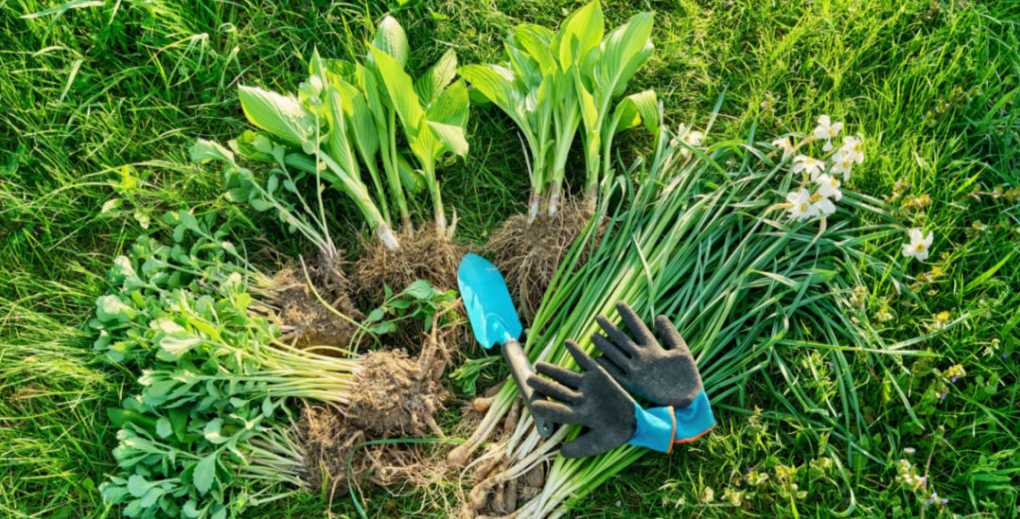
Protect Plants
Many plants benefit from some form of winter protection. Protect tender plants either by covering them or moving them to a sheltered area where they won’t receive strong winds. Also, ease up on fertilizing in the fall to not encourage tender new growth that can be damaged by temperature drops. Plants that animals might eat can be protected by fencing. Rake leaves into garden beds or use mulch to cover soil and plants for extra protection. Wrap particularly tender plants with burlap, or wood chips. Move container plants indoors or to sheltered areas.
Prepare for Spring
Prepare your planting beds by adding compost in the late fall to add nutrients and to protect the soil from compacting. The freezing and thawing over winter will work it into the soil. Tilling the soil helps to disturb the dormancy of insects and exposes them to hungry birds. Fall is also a good time to test your soil’s pH. Any necessary amendments can be slow-acting, so adding them in the fall will make the soil ready for the spring.
Questions ? Visit Our Knowledge Base
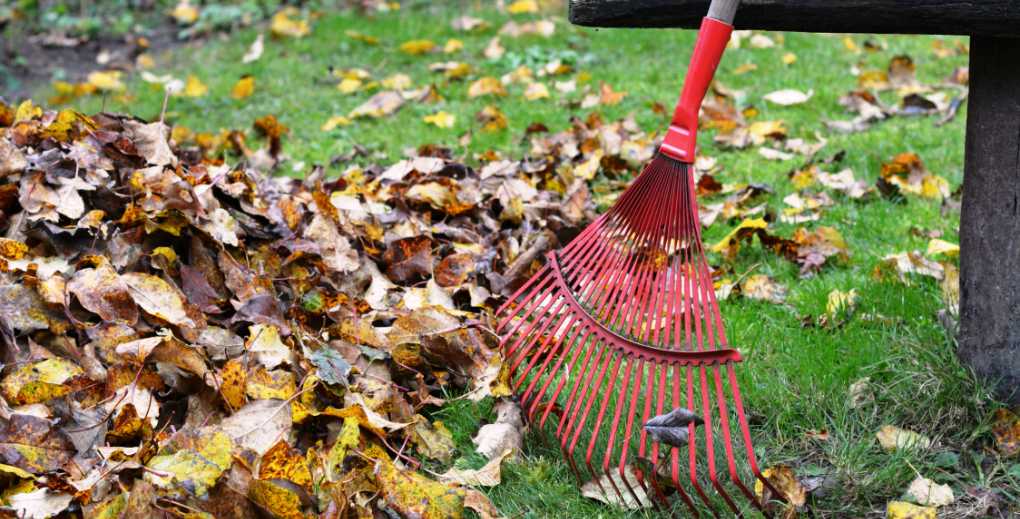
Clean Up
Fall is also the time to clean up unwanted plants, overgrown areas, lingering piles of brush and other yard waste. Anything left in place over winter can invite unwanted pests or diseases. Bring anything that doesn’t need to be out in the elements into a clean, dry place, such as a shed or garage, to keep it clean and help it last longer. Hose down tools, empty pots, garden stakes, and other items, and disinfect them if necessary. Also, sharpen tools before storage, and give them a protective finish with a light coat of lubricating oil spray.